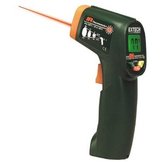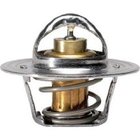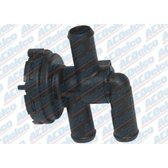Many times I find low coolant due to a system leak. In some cases a stuck open thermostat can also cause this lack of heat condition. When the thermostat is stuck open all of the engine compartment cooling hoses will be cooler than normal.
Heating system diagnosis
Find Your Online Car Repair Manual Today! ->>
In fact in most cases on modern vehicles there is no reason to remove the radiator cap for just checking the engine coolant level. The only time the radiator cap is removed is when the engine is cold and someone is performing a complete replacement of the engine coolant better known as the drain and fill.
All modern vehicles have a coolant reservoir tank that will have a full mark on it. You can see your owner’s manual for further instructions on where it’s located and how to top it off along with what type of coolant to use. If the fluid is at the correct level you can begin by testing for the proper engine temperature. You start the engine and allow it to warm up to full operating temperature. You select the heat position on your climate control and turn the blower on high.

The best way to measure the temperature would be with one of those fancy infrared thermometers. You pull the triger and aim the red dot on the hose and your done. These use to be really expensive but can be had for under $50 and are a very useful tool to have around.
If the upper hose is not around 150-190° then I would suspect a failed engine thermostat. If the upper radiator hose temperature is okay it’s time to move on to the hoses that feed the heater core. If the inlet hose is hot up to the heater control valve and then cool after the control valve then I would suspect a stuck closed theater control valve.
Heater blower motor problems
This video has also been posted on YouTube if you would rather go there and take a look at that video plus about six others that I have provided mainly focusing on electrical repair. Here is a link to the blower motor video. If you are looking for the latest posts on this site this next link takes you to the online auto repair blog home page.








